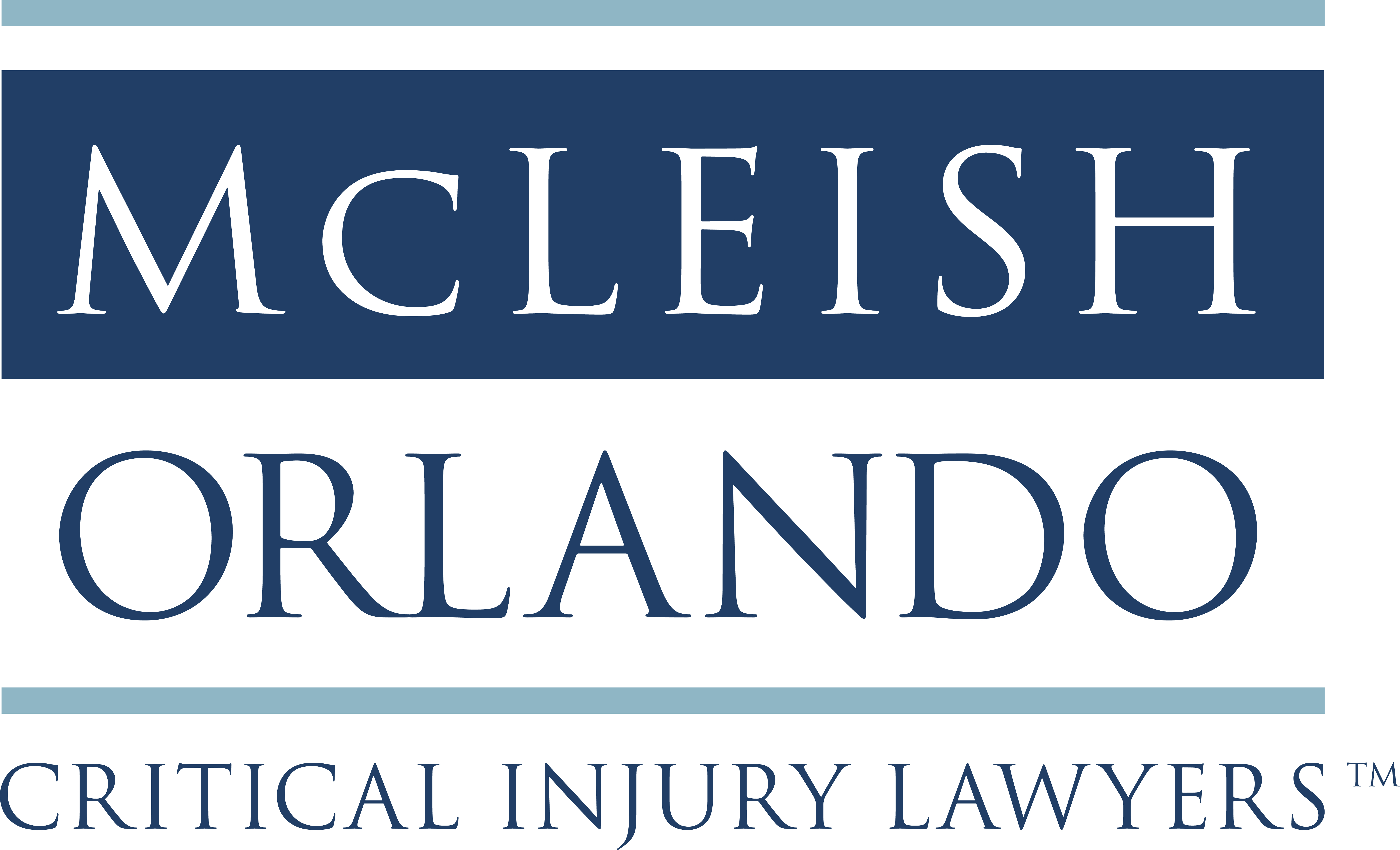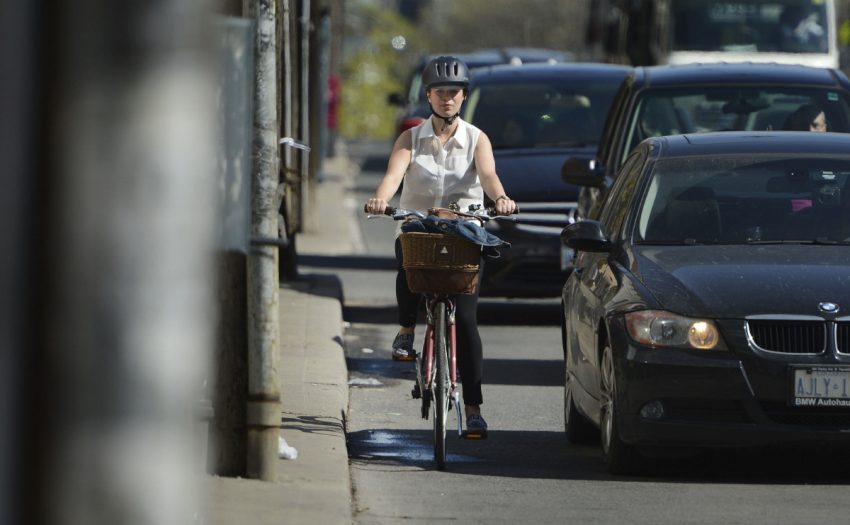[youtube url=”https://www.youtube.com/watch?v=YCyR3-OkYAY” width=”500″ height=”300″]
 Cycling has become an increasingly popular activity. It is a convenient method of transportation and a great way to maintain a healthy and active lifestyle. Unfortunately, our roads and many drivers have not entirely adapted to the popularity of cycling on the road and there have been an increasing number of reported crashes involving cyclists. Some of these crashes lead to serious personal injuries. If you have been involved in a cycling crash, it is important to know what steps you should take to protect yourself. IT is recommended that you take the following steps once you make sure you are out of harm’s way.
Cycling has become an increasingly popular activity. It is a convenient method of transportation and a great way to maintain a healthy and active lifestyle. Unfortunately, our roads and many drivers have not entirely adapted to the popularity of cycling on the road and there have been an increasing number of reported crashes involving cyclists. Some of these crashes lead to serious personal injuries. If you have been involved in a cycling crash, it is important to know what steps you should take to protect yourself. IT is recommended that you take the following steps once you make sure you are out of harm’s way.
- Call 911 and wait for emergency responders to attend the scene. It is important to note that although the police may attend the scene and conduct an investigation, their investigation may not cover everything that you need. For instance, police may interview some witnesses, but not all. For this reason, it is important to gather some information on your own, if you are able.
- At any crash scene, it is important to obtain as much information as possible. Be sure to get the following details:
- Vehicle’s license plate number;
- Driver’s insurance and contact information;
- Contact information of the police officer, and obtain a police report when available;
- Photos of damage to the vehicle, your bike, and any personal injuries sustained;
- Photos of the scene of the crash, noting any road defects or bad signage;
- Photos of the crash scene, noting the location of both bike and car; and
- All names and contact information of any witnesses (https://www.bikelaw.com/learn/https://www.bikelaw.com/learn/).
After you have reported the crash and have taken steps to gather the information set out above, be sure to seek medical attention. Whether you go to the hospital or visit your family doctor, ensure that you are making requests for follow up appointments and proper documentation of your injuries. It is very important that your health care provider has a full understanding of your injuries. Sometimes it is easy to focus on more significant injuries, but it is also important to note all aches and pains and abnormalities.
 It is also very important to seek legal advice prior to speaking to anybody about your collision. At the hospital, police officers or insurance adjusters may visit you to obtain statements regarding the incident. Make sure that you have spoken to your legal representative to determine what kind of information you should disclose at that point in time.
It is also very important to seek legal advice prior to speaking to anybody about your collision. At the hospital, police officers or insurance adjusters may visit you to obtain statements regarding the incident. Make sure that you have spoken to your legal representative to determine what kind of information you should disclose at that point in time.
Following a collision, you may benefit from insurance claims that are available to you. If your bike is damaged, the person who is at fault is held responsible for the damage. Often the insurance of the person at fault will compensate you for damaged property. To receive this compensation you must obtain an appraisal from a bike shop and submit this to the driver’s insurance company. It is a common misconception that these claims should be made through your own automobile or home insurance. The claim should be processed through the at-fault driver. If you do make a claim through your own insurance, you may risk having your driver’s coverage premiums increased.
Once your claim has been processed, you may be asked to sign a document called a Full and Final Release by the insurance company. This document indicates that you have agreed to resolve your claim and are releasing the insurance company from your property damage claim at issue. It is very important that you read this document carefully. Insurance companies may include a waiver which releases them from any bodily injury you may have. Ensure that the release solely applies to the damage of your bike and not any bodily injuries.
In addition to your claim for property damage, you may have an insurance claim for any personal injuries resulting from the collision. The insurance company will provide you with an Accident Benefits package. This package will include an application for accident benefits and other forms for employers and healthcare providers to complete.
The amount of benefits available to you depends on the nature and extent of your injuries. Your injuries are categorized into three distinct categories (https://www.fsco.gov.on.ca/en/auto/autobulletins/2015a/Pages/a-06-15.aspx):
- Minor – include strains, sprains, no broken bones, soft tissue damage. An insurer may not take into consideration a minor incident if there are no personal injuries sustained, the property damage does not exceed $2000, and no payment is made by any insurer for any damage to the property.
- Non-Catastrophic – not considered minor, nor severe enough to be catastrophic. Can include fractures, moderate brain injuries, neurological conditions, disfigurement or dismemberment. The available accident care benefits are set at $65,000, combining medical, rehabilitation and attendant care benefits for five years.
- Catastrophic – can include amputations, severe brain injuries, quadriplegia, paraplegia, and large whole body impairments. If your injuries are severe enough to meet the test of catastrophic impairment, the Accident Benefits available to you will increase to $1 million for combined medical, rehabilitation and attendant care benefits.
You should seek legal advice to determine which category your injuries fall under.
Taking part in a lawsuit is the next step that is available to you. Through your lawsuit, you can claim additional compensation not available through accident benefits.

by Kate Mazzucco, partner with McLeish Orlando LLP.